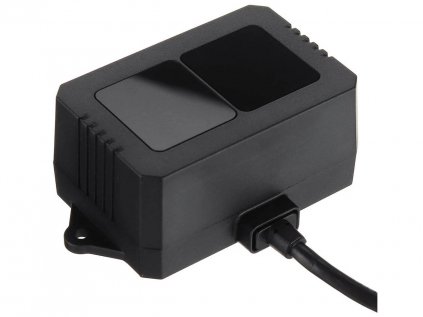Motion, Distance, & Vibration Sensors
Motion sensors are designed to detect movement and orientation in the surrounding environment. While they are commonly used in robots, their applications extend to various creative projects.
We can categorize them into several groups:
1) Motion detectors (particularly passive infrared (PIR) sensors) — They detect motion by changes in thermal images. This category also includes Doppler radars, which utilize the Doppler effect to determine the speed of movement in the surroundings. Both are suitable for motion-activated lights or security systems.
2) Distance sensors (devices detecting obstacles and their distance) — notably ultrasonic and laser sensors, which emit a pulse and measure the time it takes for the signal to return to calculate the distance. They are useful for mapping spaces with robots or in measuring hand tools.
3) Sensors measuring the motion of the object on which they are placed – this category includes accelerometers detecting the acceleration and deceleration of the object, gyroscopes for measuring the tilt of the object, and electronic compasses that calculate the object's orientation based on the values of magnetic fields in the axes. On our website, you can also find a combined accelerometer and gyroscope in one device.
Explore how motion sensors work and how to connect them, or learn how to build something like a simple online camera trap.
Might interest you
from our blog:
• Pohybové čidlo, jak funguje a jak ho zapojit
• HC-SR04 ultrazvukový sensor
• GY-521 akcelerometr gyro 3d simulace











